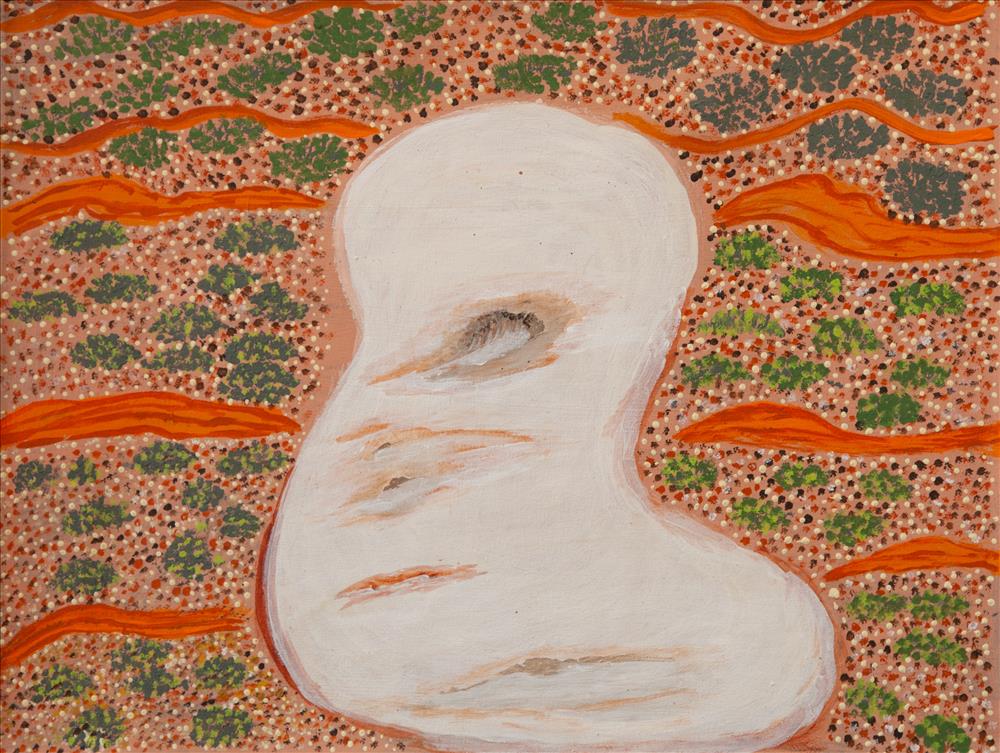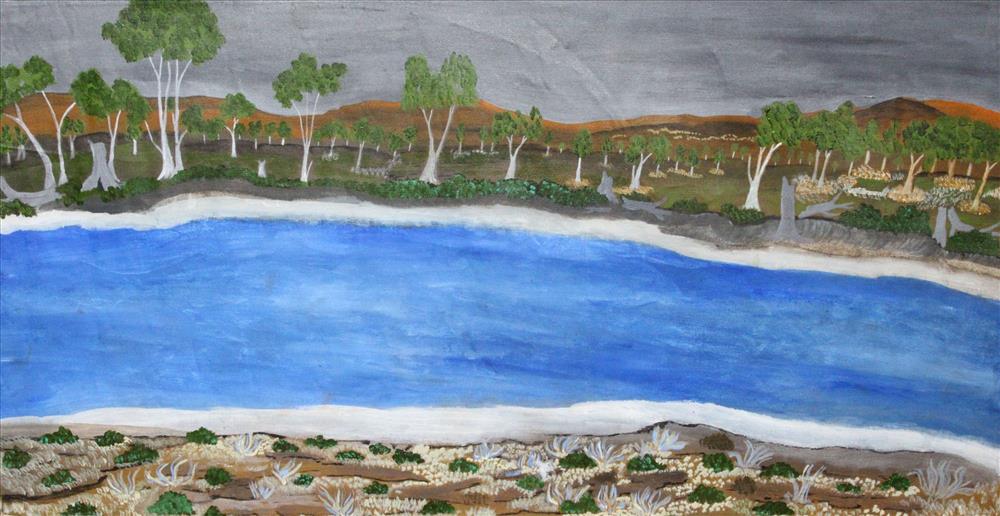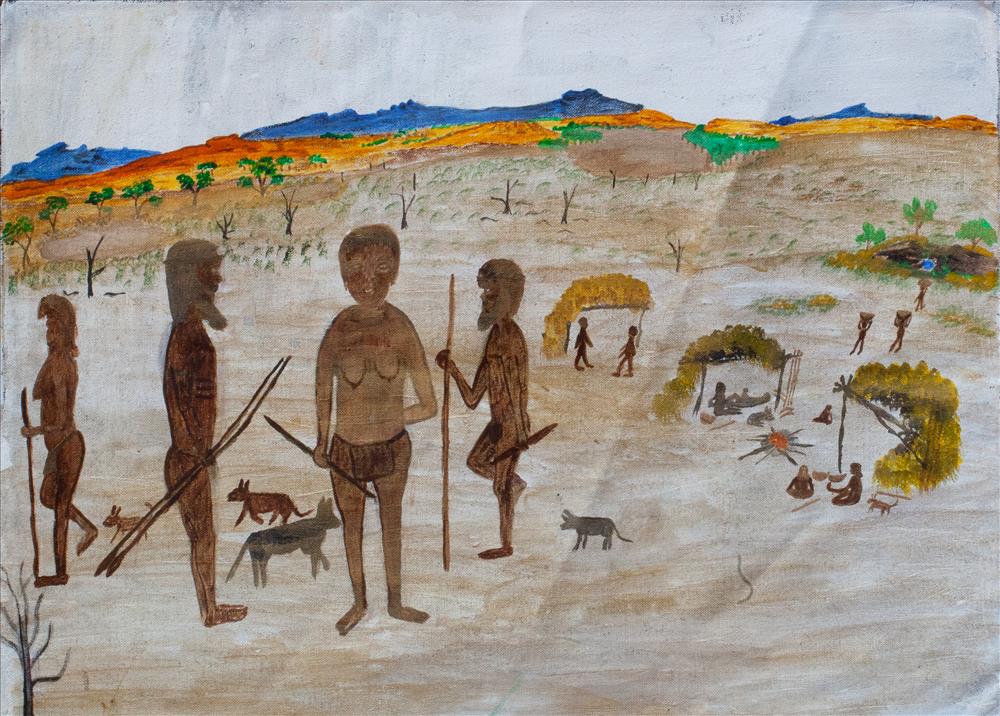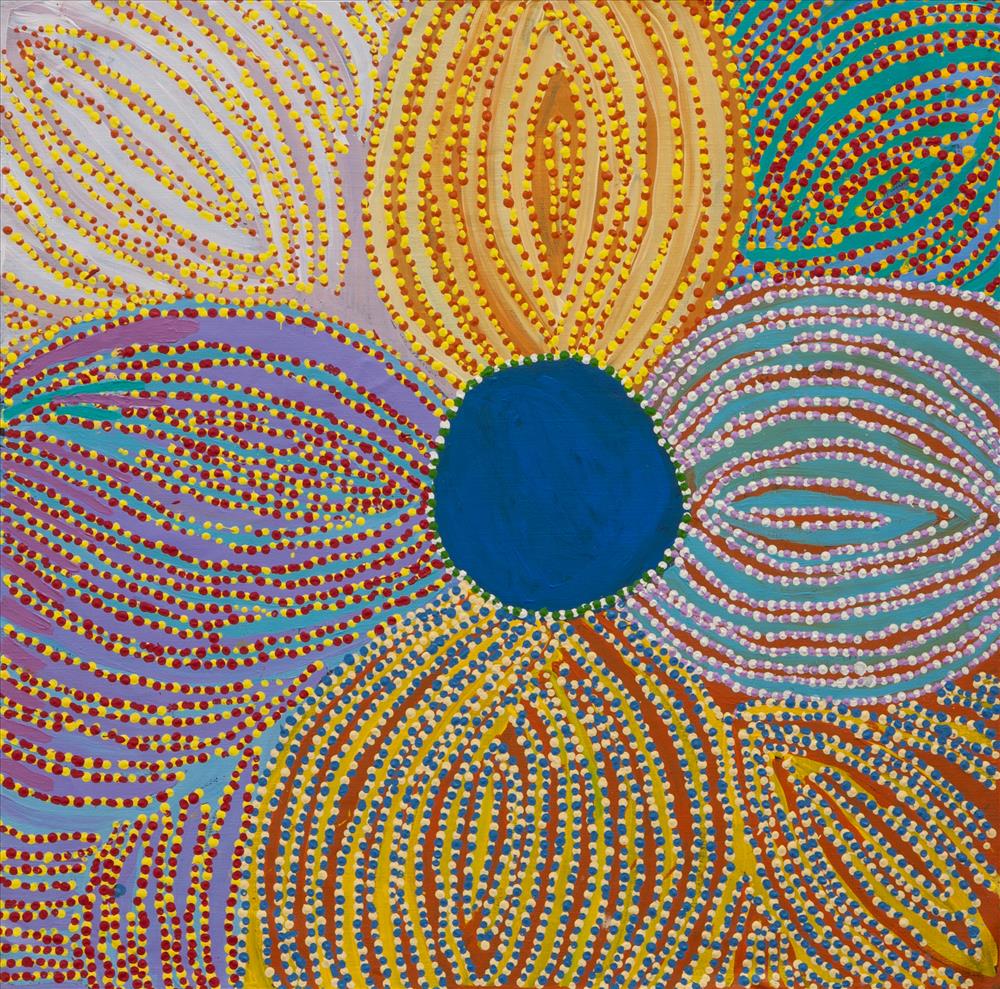Martumili Artists Shipping policy
Postage and Packing
Martumili Artists aim to provide the most economical and efficient method of delivering your purchase. All packages up to 105cm in length are posted Registered TNT unless other specific delivery arrangements are made between Martumili Artists and the purchaser. Larger packages will need to be freighted, as below:
National
Our standard charge for parcels under 5kgs to anywhere in Australia is $30AU per package. Parcels over 5kgs start at $45AU and increase depending on their size, weight and your requirements.
International
Our postage charge for small to medium packages under 5kgs is $70AU. For larger bulkier items we provide a qote for your approval before dispatching. We endeavour to send consignments at the most economical rate while guaranteeing their safe arrival. We use TNT or Australia Post. While Martumili Artists will make every effort to dispatch as quickly as possible, we cannot guarantee any delivery times.
Martumili Artists Refund policy
We do not provide refunds for art work that leaves Martumili Artists. We work hard to make sure that you as our customer receives value for money and that your goods are delivered in a timely and expedient manner.
Martumili Artists Return policy
We do not provide returns for art work that leaves Martumili Artists. We work hard to make sure that you as our customer receives value for money and that your goods are delivered in a timely and expedient manner.










